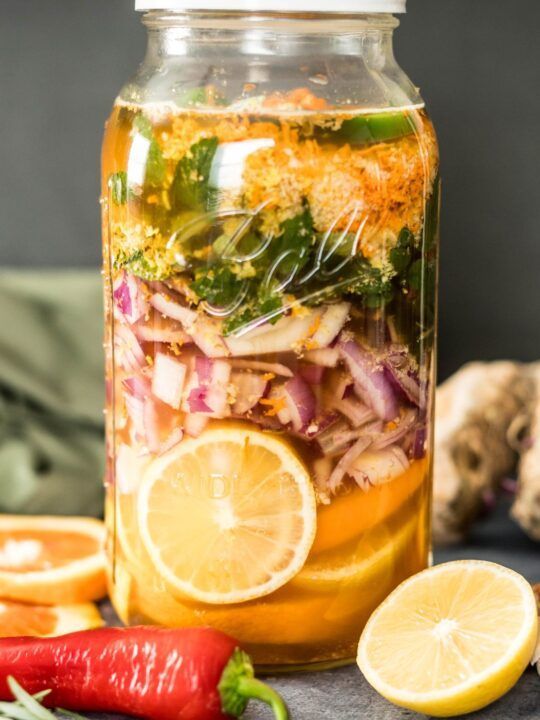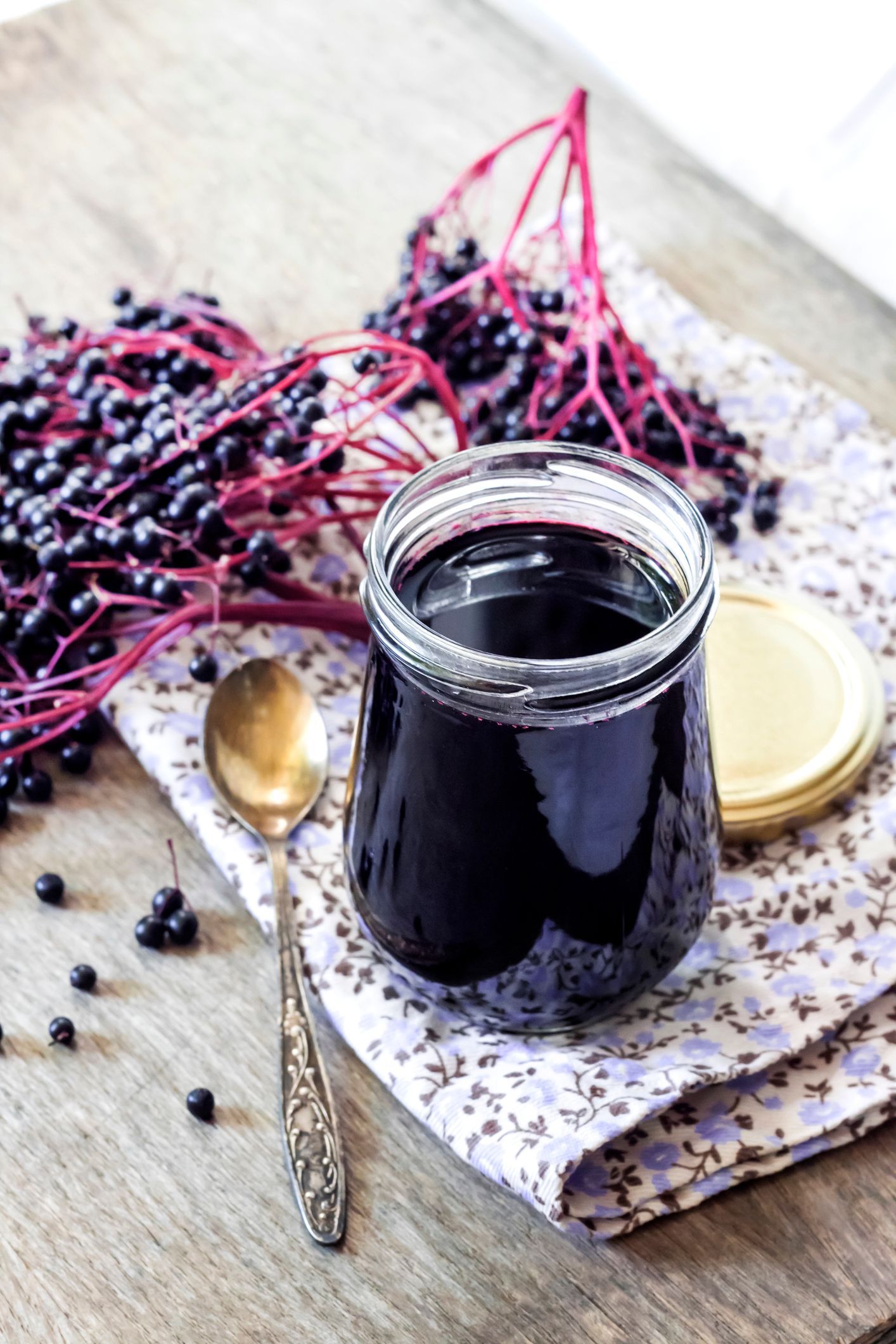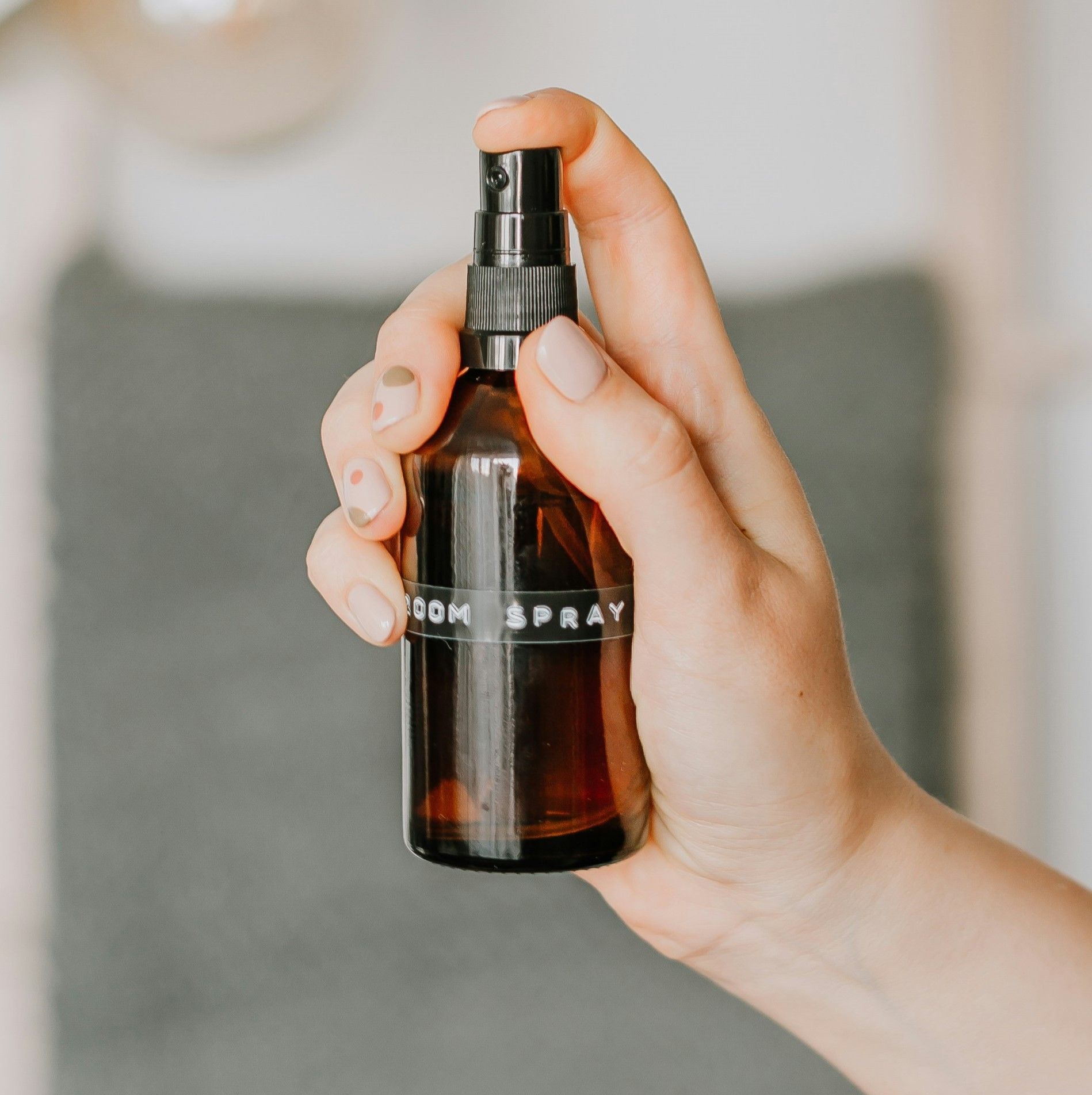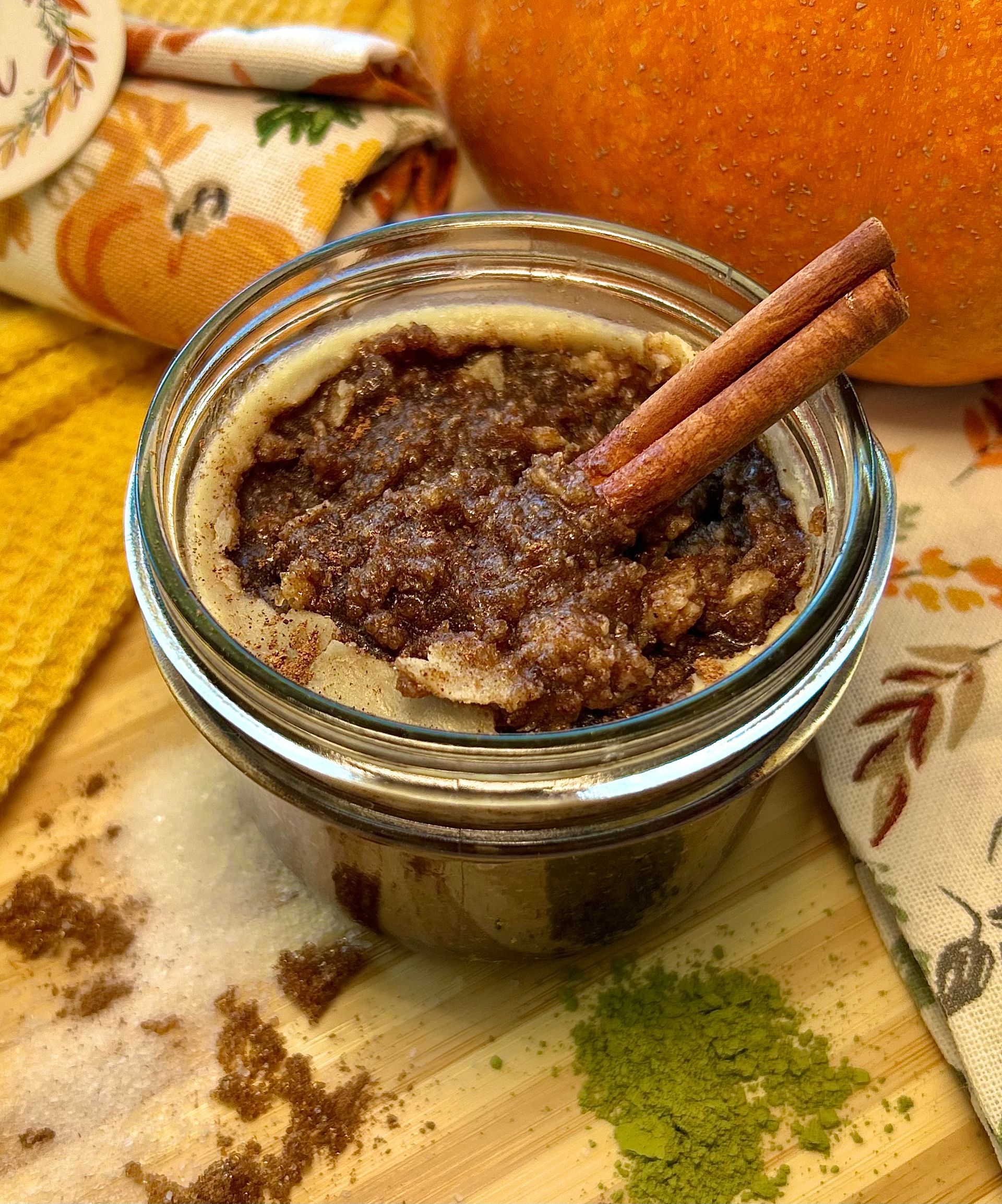Facing SAD: Nutrition and Supplements to Consider for Seasonal Affect Disorder
Seasonal affective disorder (SAD) is a seasonal type of depression that commonly occurs in the Pacific Northwest. The cause hasn’t been identified, but the prevailing thought is that SAD originates due to a lack of sunshine, and here we spend much of our year under gray skies.
Emotionally, it is more than just ‘the winter blues’. It can feel like someone has bottled all of your happiness and energy and hidden them. While SAD typically starts in the fall and continues through the winter months, if not addressed it can continue on into the spring and summer months.
Current medical treatment includes anti-depressants, psychotherapy and phototherapy (light therapy). Phototherapy, exposure to a bright light each day, works for about 2/3 of the people who use it. Balancing missing nutrients may also help to alleviate SAD.
Symptoms of SAD may include:
Feeling sad or depressed most of the time, which develops or worsens with the changing of the seasons
Losing interest in activities you typically enjoy
Low energy
Problems with sleeping
Feeling sluggish or agitated
Concentration issues
Feeling hopeless
Oversleeping
Appetite changes or new cravings, especially for carbohydrates
Weight gain
If you have any of the above symptoms, it is important to discuss your options with your primary care practitioner. Should your primary care diagnose you with SAD, there are things that you can do to help alleviate the symptoms. You may likely be handed a prescription for an anti-depressant, but what can you do if you don’t want to go that route?
L-Tryptophan, Melatonin, and Vitamin D are the most commonly deficient nutrients in those with SAD.
L-Tryptophan
is the precursor to serotonin and has been found to be an effective treatment for depression. However, if you have normal serotonin levels using L-Tryptophan can increase serotonin to above optimal levels and lead to other unwanted symptoms. The current depression paradigm believes that depression originates from a deficiency of serotonin, but there has yet to be a study that supports this hypothesis.
L-Tryptophan can be found in our diet through nuts, seeds, tofu, cheese, red meat, chicken, turkey, fish, oats, bananas, beans, lentils and eggs.
Vitamin D
a is chronic deficiency for many of us living in the PNW. The optimal range is 70-100 ng/dL yet most people are told that as long as they have at least 30 ng/dL (bottom of reference range) that they are healthy. That’s a huge discrepancy between optimal and reference range! Those who express SAD symptoms may need more Vitamin D. Make sure to get your levels tested, confer with your practitioner, and check the quality of your vitamin D supplement. Vitamin D is a fat-soluble vitamin and does carry a risk of overdose. It is best balanced with other fat-soluble vitamins.
Vitamin D can be found in the diet in mushrooms, wild-caught salmon, sardines, herring, and egg yolks.
Melatonin
is my favorite hormone and has also shown some positive results for those with SAD. Yes, it’s a hormone! It’s also an antioxidant. Most people associate melatonin with regulation of the sleep-wake cycle, but it’s useful for many things. However, for the scope of this topic, melatonin may be able to help the individual with SAD obtain restful sleep and improve sensitivity of the sleep-wake cycle. Melatonin isn’t directly found in food sources, but L-Tryptophan converts into serotonin and serotonin converts into melatonin so you can refer back to the food sources of L-Tryptophan. If you are choosing to supplement with melatonin, keep the dose as low as possible and be aware that some people report a “melatonin hangover” the next morning as well as vivid dreams/nightmares during the night. Consult with your practitioner to find the supplement that is best for you should you choose to go this route.
Dr. Jennifer Champion holds a Doctorate in Clinical Nutrition and is a Board-Certified Nutrition Specialist. She works with women who are ready to make positive changes in their lives. She has a thriving practice in Tacoma and is currently accepting new clients. For more information, visit
www.NeoGenesisNutrition.com
, call 253.507.5775 or email jennifer@ NeoGenesisNutrition.com.









